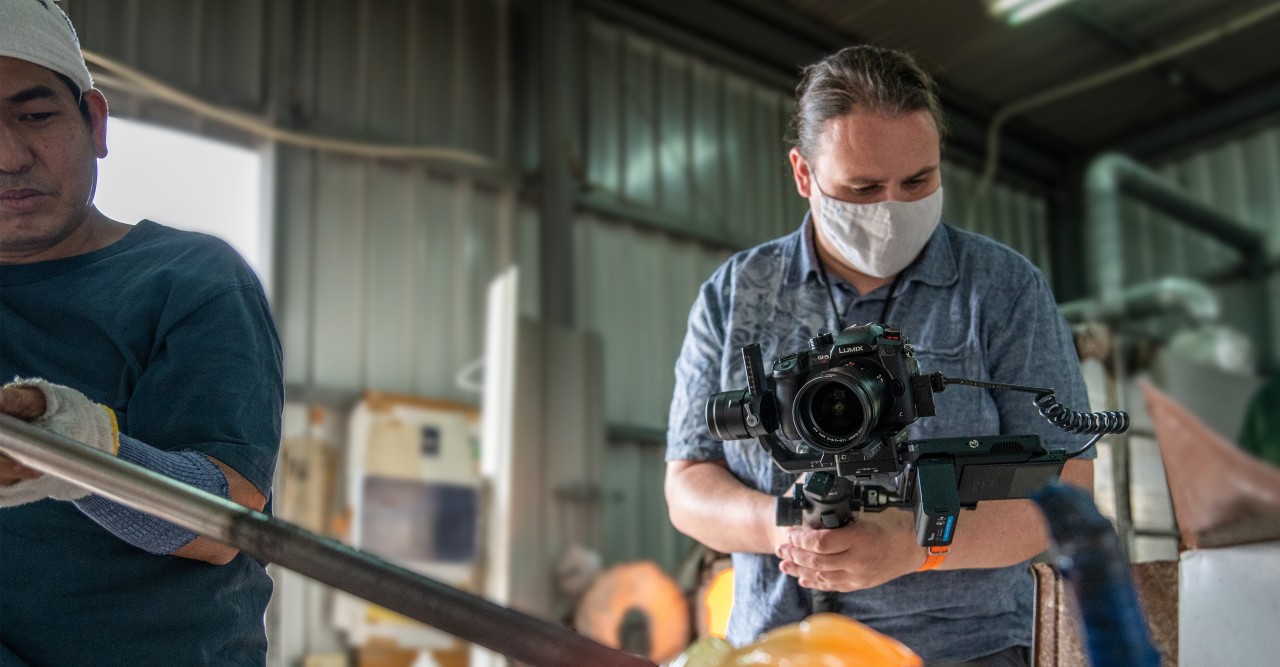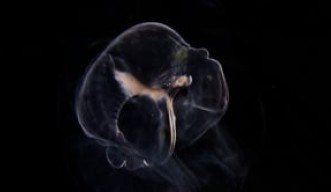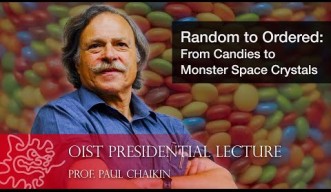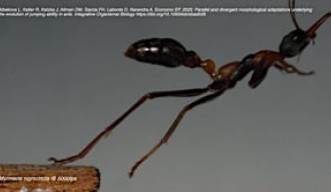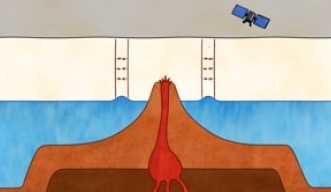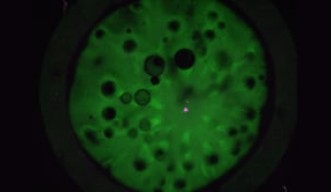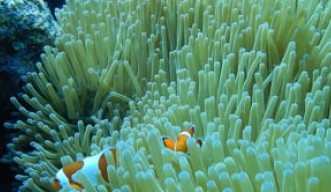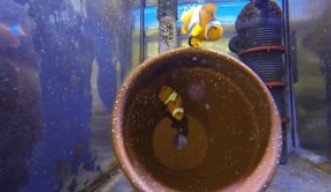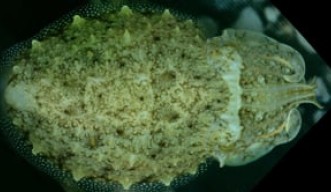"Coordination Self-Assembly: From Origins to the Latest Advances" OIST Presidential Lecture: Prof. Makoto Fujita
OIST Presidential Lecture: Prof. Makoto Fujita
University Distinguished Professor at The University of Tokyo
"Coordination Self-Assembly: From Origins to the Latest Advances"
Molecular self-assembly based on coordination chemistry has made an explosive development in recent years. Over the last 30 years, we have been showing that the simple combination of transition-metal geometry (typically, a 90-degree coordination angle of Pd(II) center) with organic bridging ligands gives rise to the quantitative self-assembly of nano-sized, discrete organic frameworks. Representative examples include square molecules (1990), linked-ring molecules (1994), cages (1995), capsules (1999), and tubes (2004) that are self-assembled from simple and small components. Originated from these earlier works, current interests in our group focus on i) molecular confinement effects in coordination cages, ii) solution chemistry in crystalline porous complexes (as applied to the “crystalline sponge method”)[1], and iii) and giant self-assemblies[2], as disclosed in this lecture.
About the Speaker
Makoto Fujita is University Distinguished Professor at The University of Tokyo, Japan. He received his Ph.D. degree from Tokyo Institute of Technology in 1987. After working at Chiba University and the Institute for Molecular Science (IMS) at Okazaki, in 1999, he was appointed as a full professor at Nagoya University. In 2002, he moved to the University of Tokyo as a full professor. In 2019, he received his current title from the University.
He is a recipient of the 2018 Wolf Prize in Chemistry.
References:
[1] Y. Inokuma, S. Yoshioka, J. Ariyoshi, T. Arai, Y. Hitora, K. Takada, S. Matsunaga, K. Rissanen, M. Fujita Nature 2013, 495, 461-466.
[2] D. Fujita, Y. Ueda, S. Sato, N. Mizuno, T. Kumasaka, M. Fujita, Nature 2016, 540, 563.
